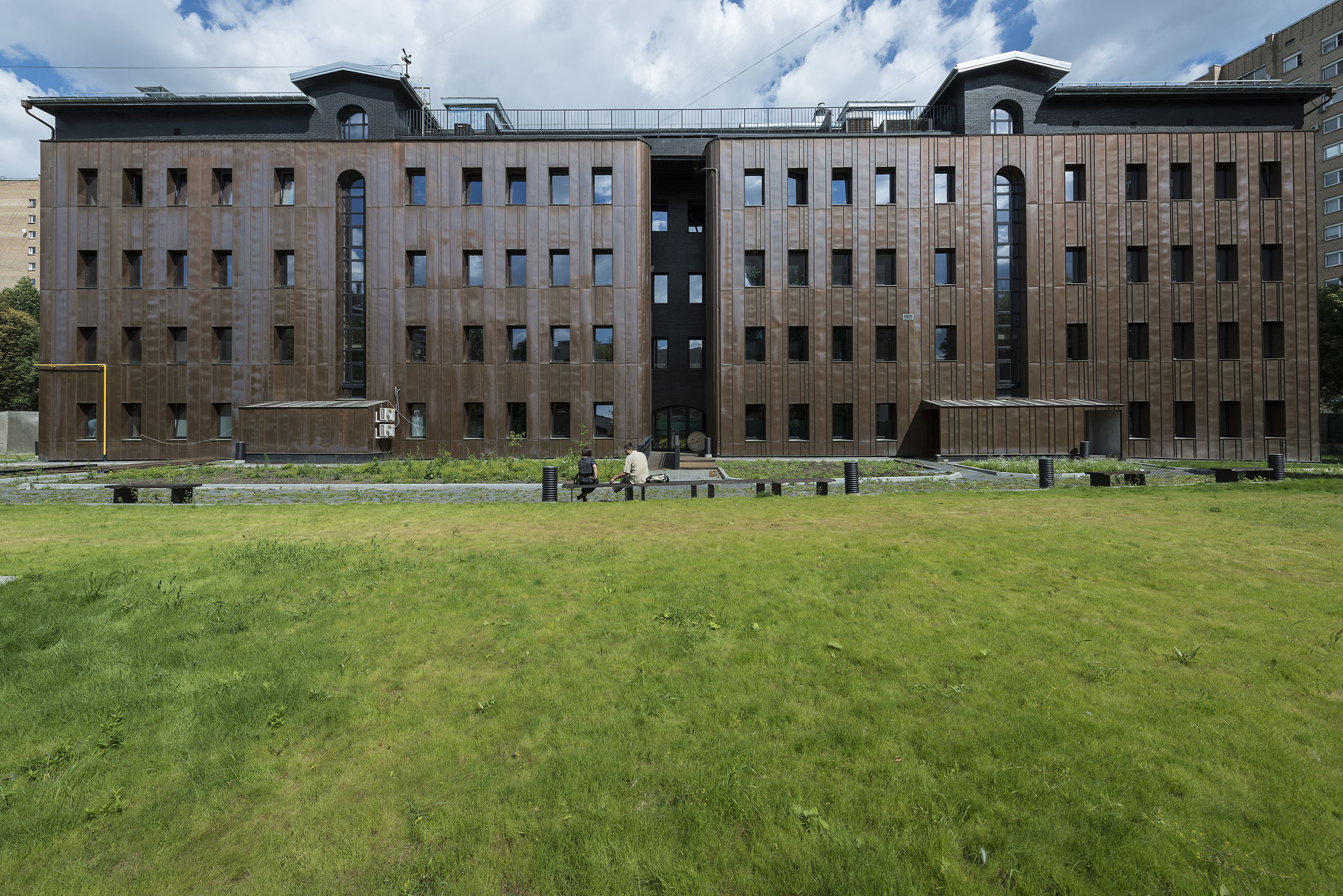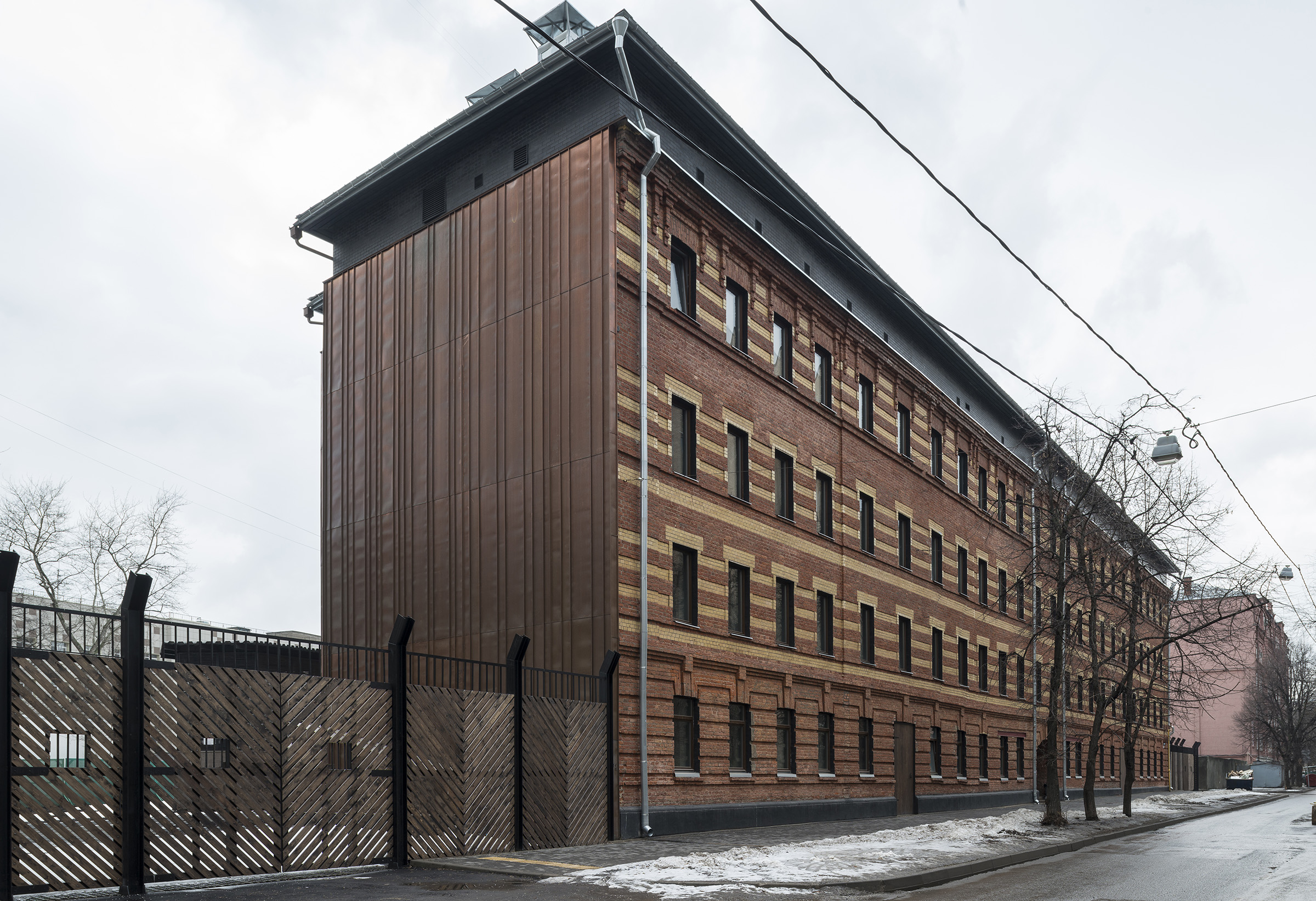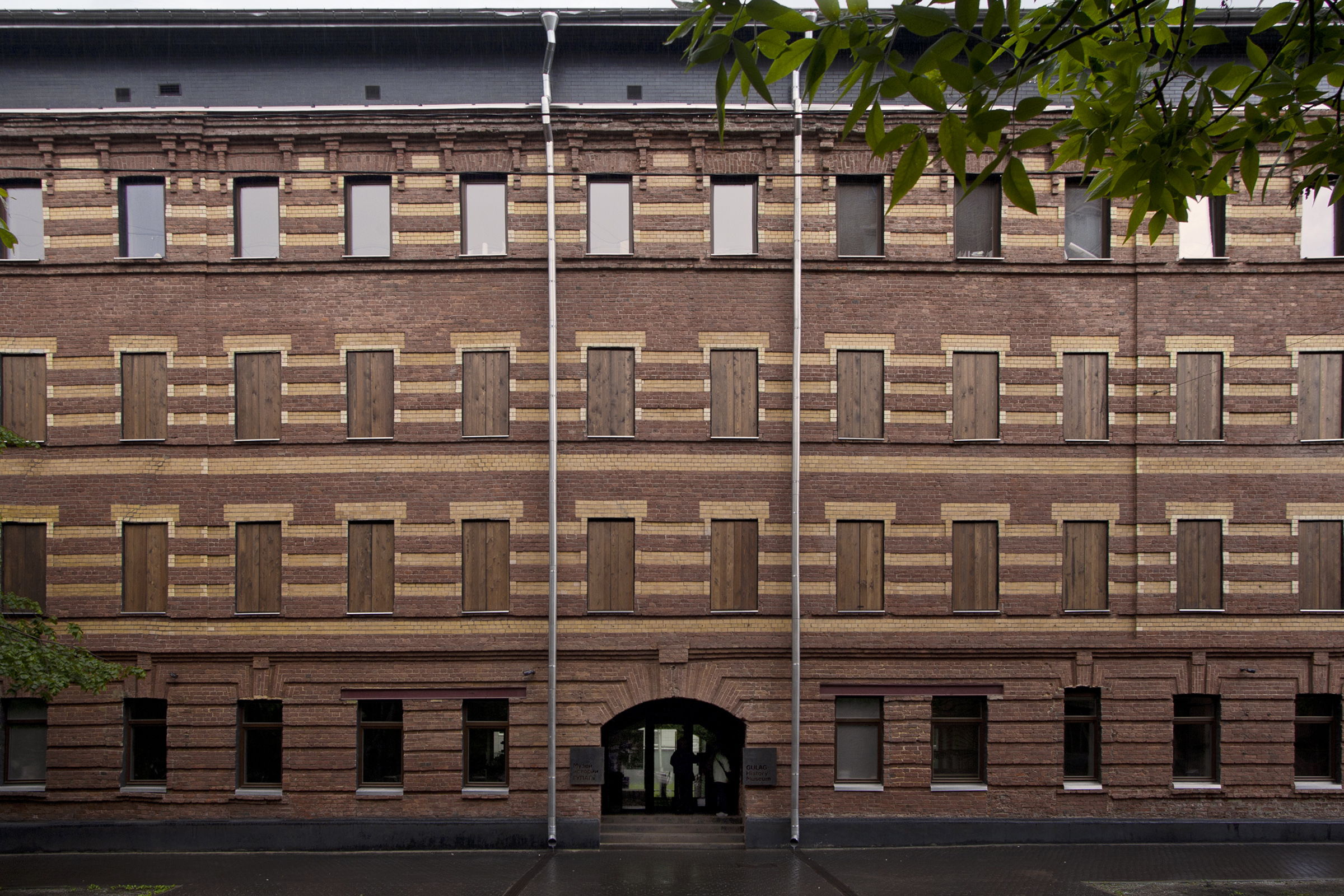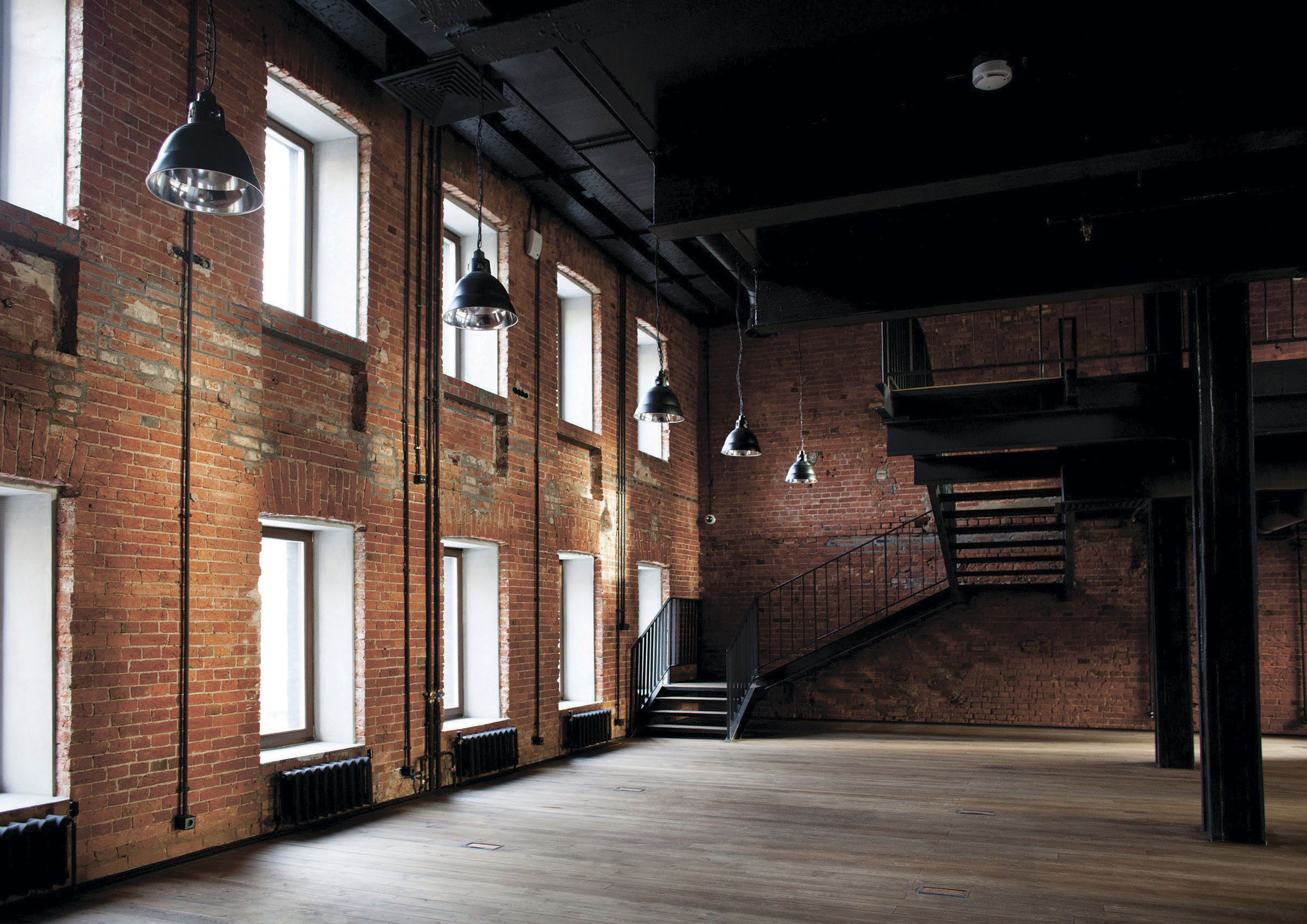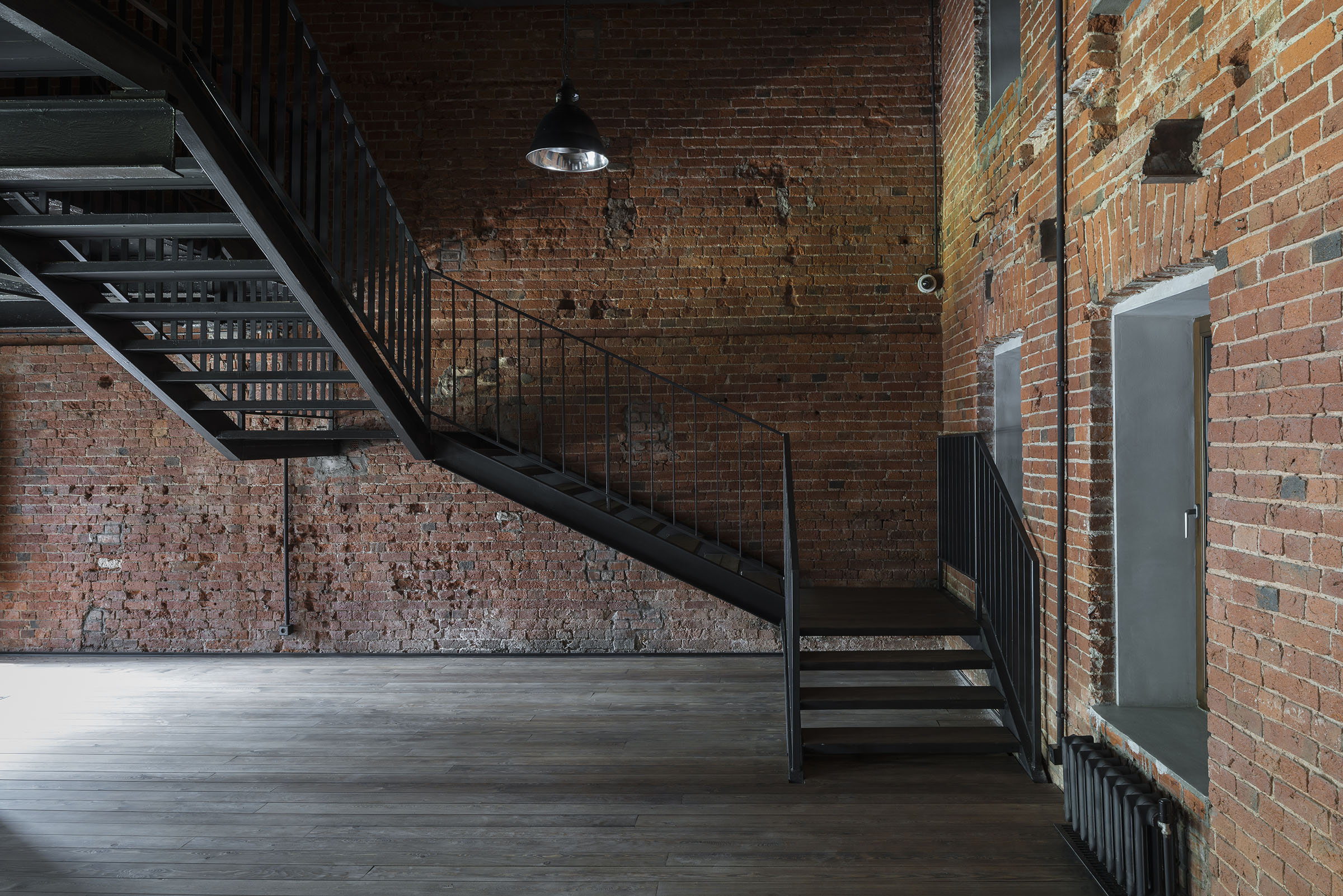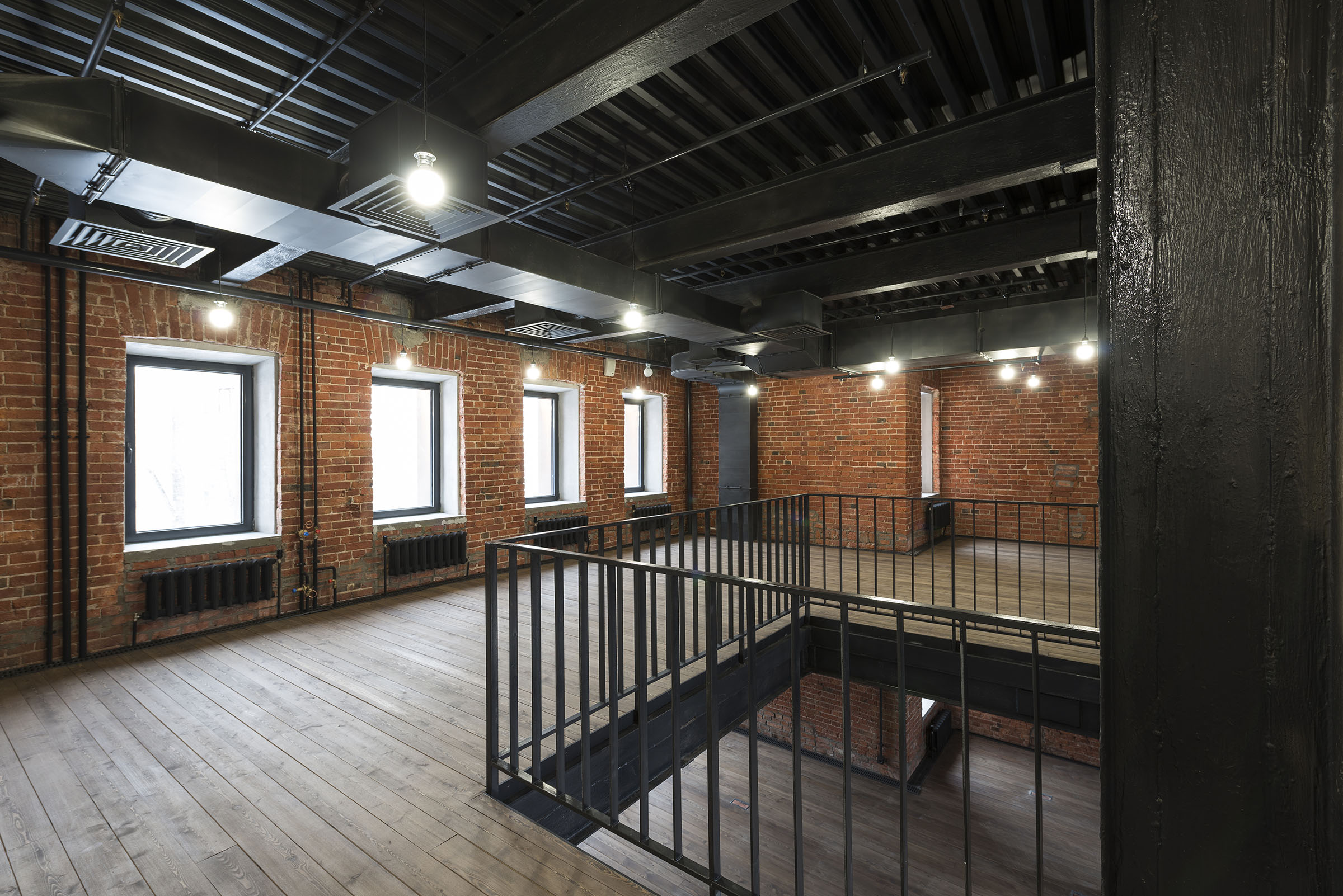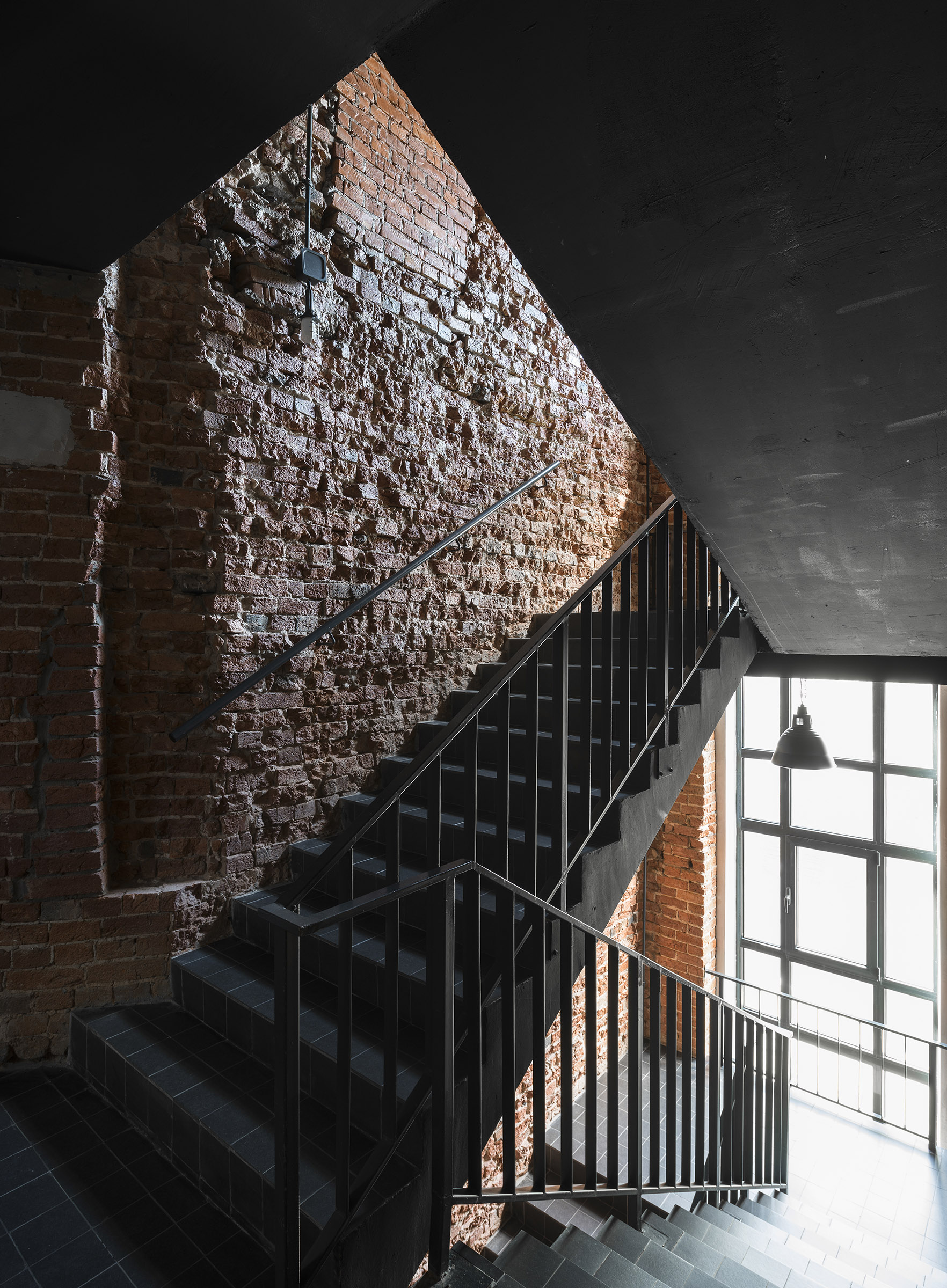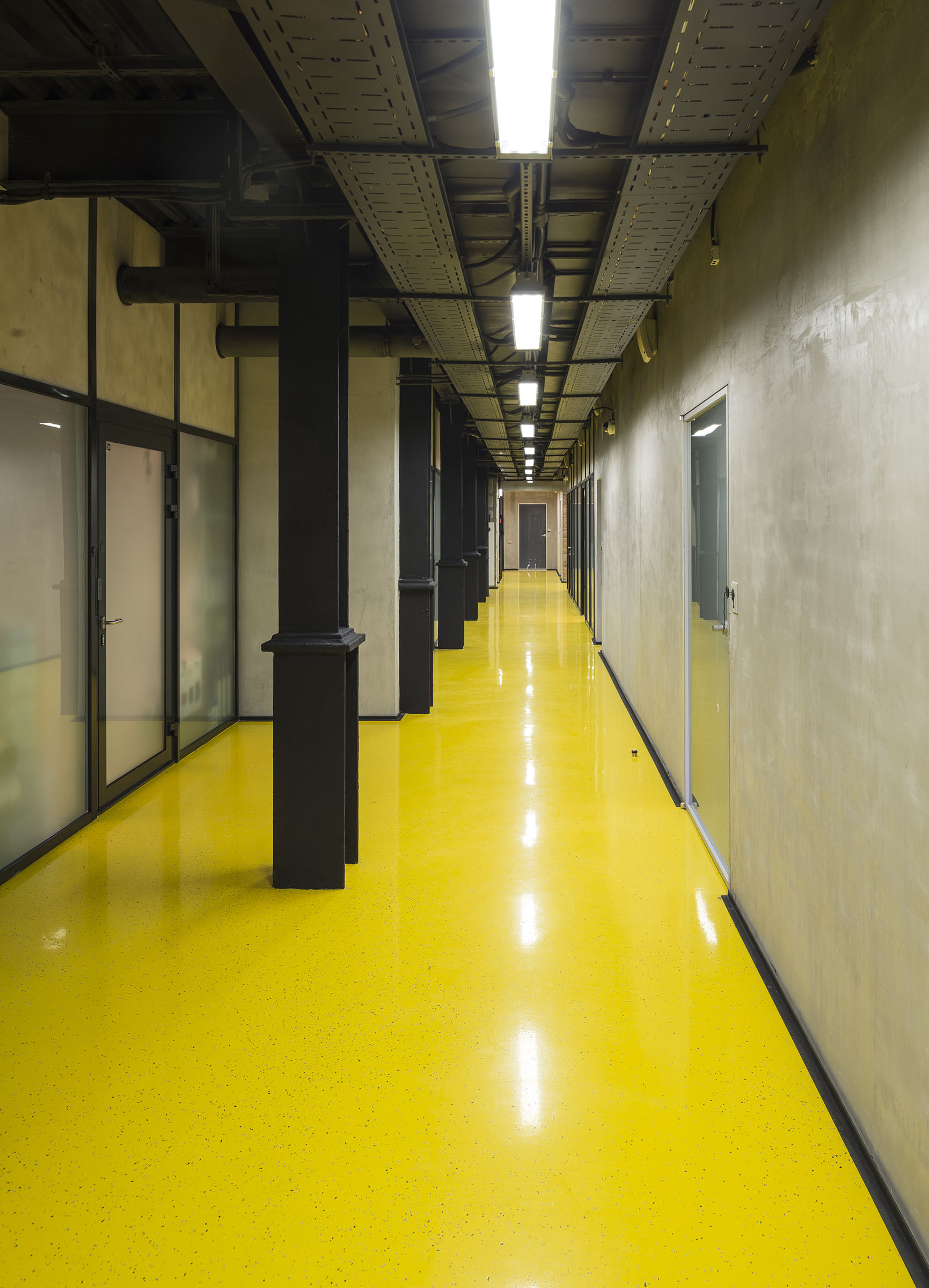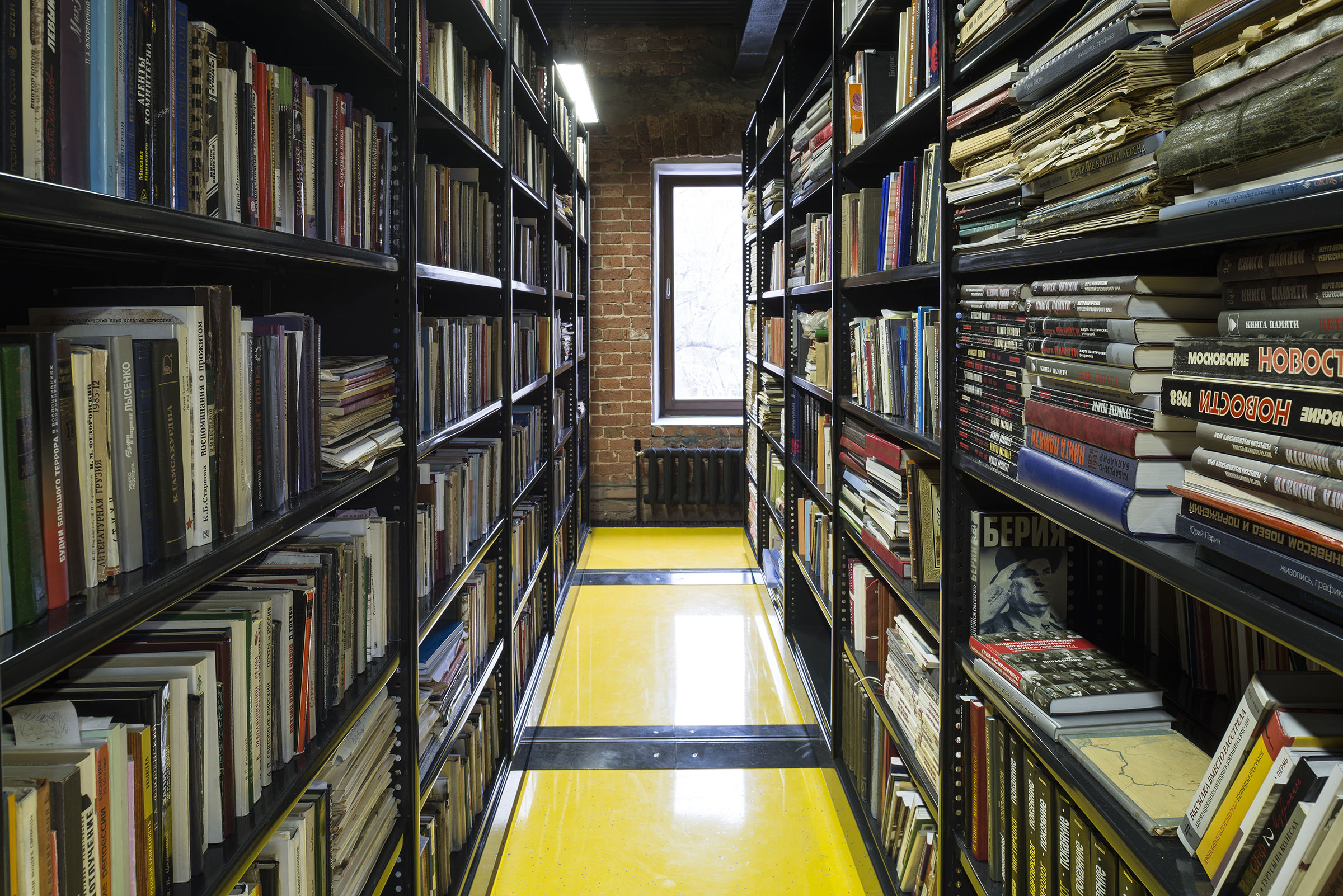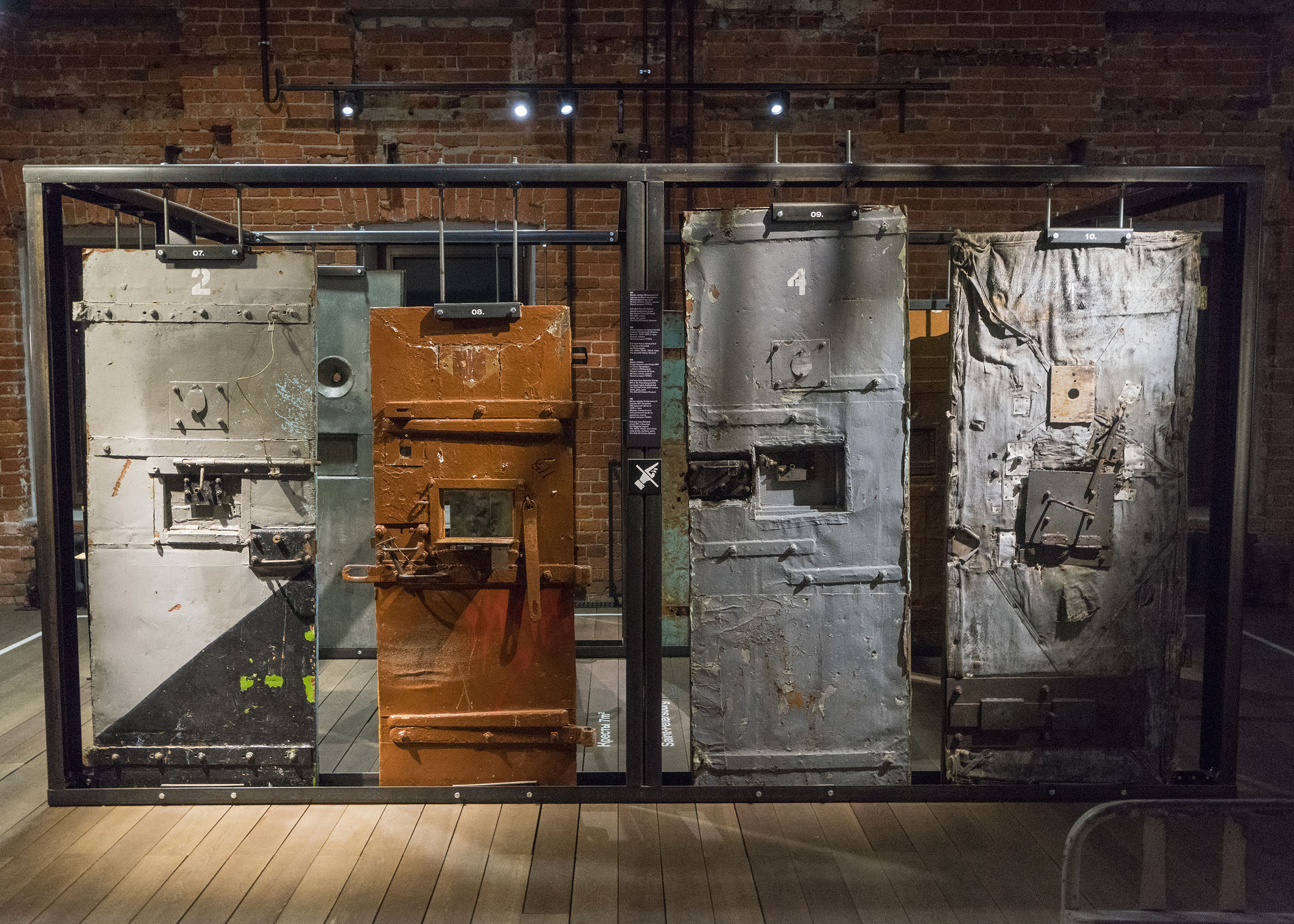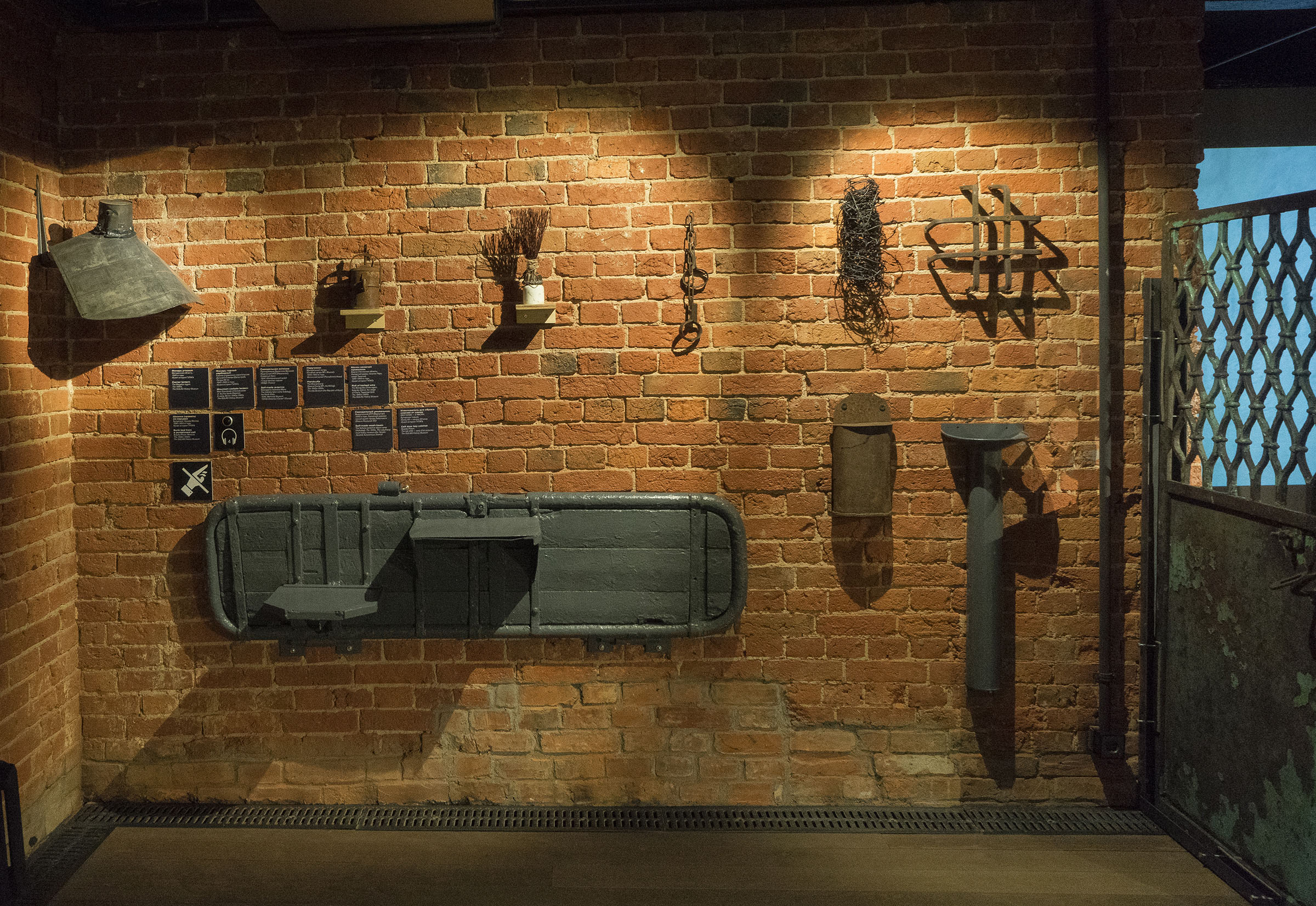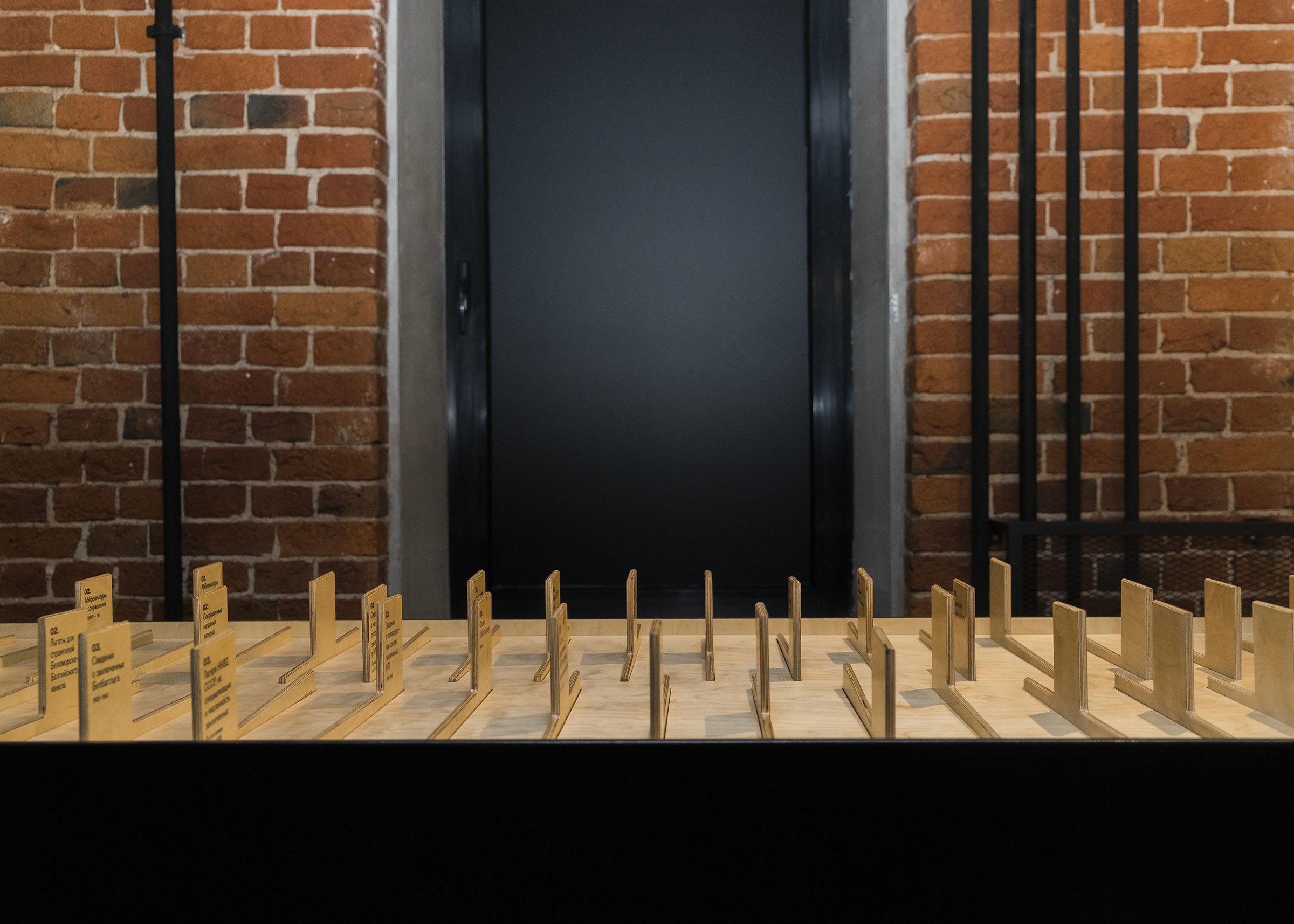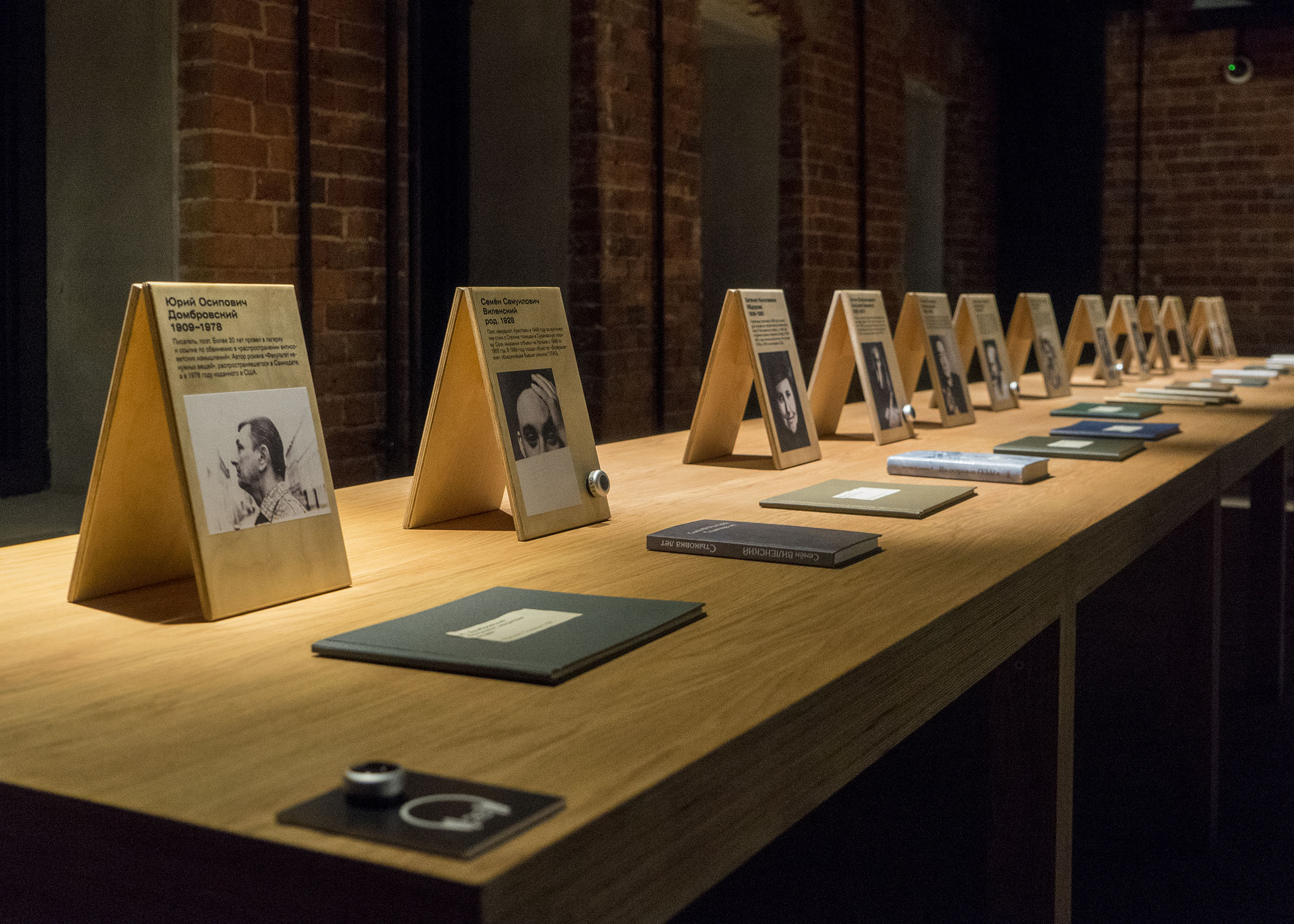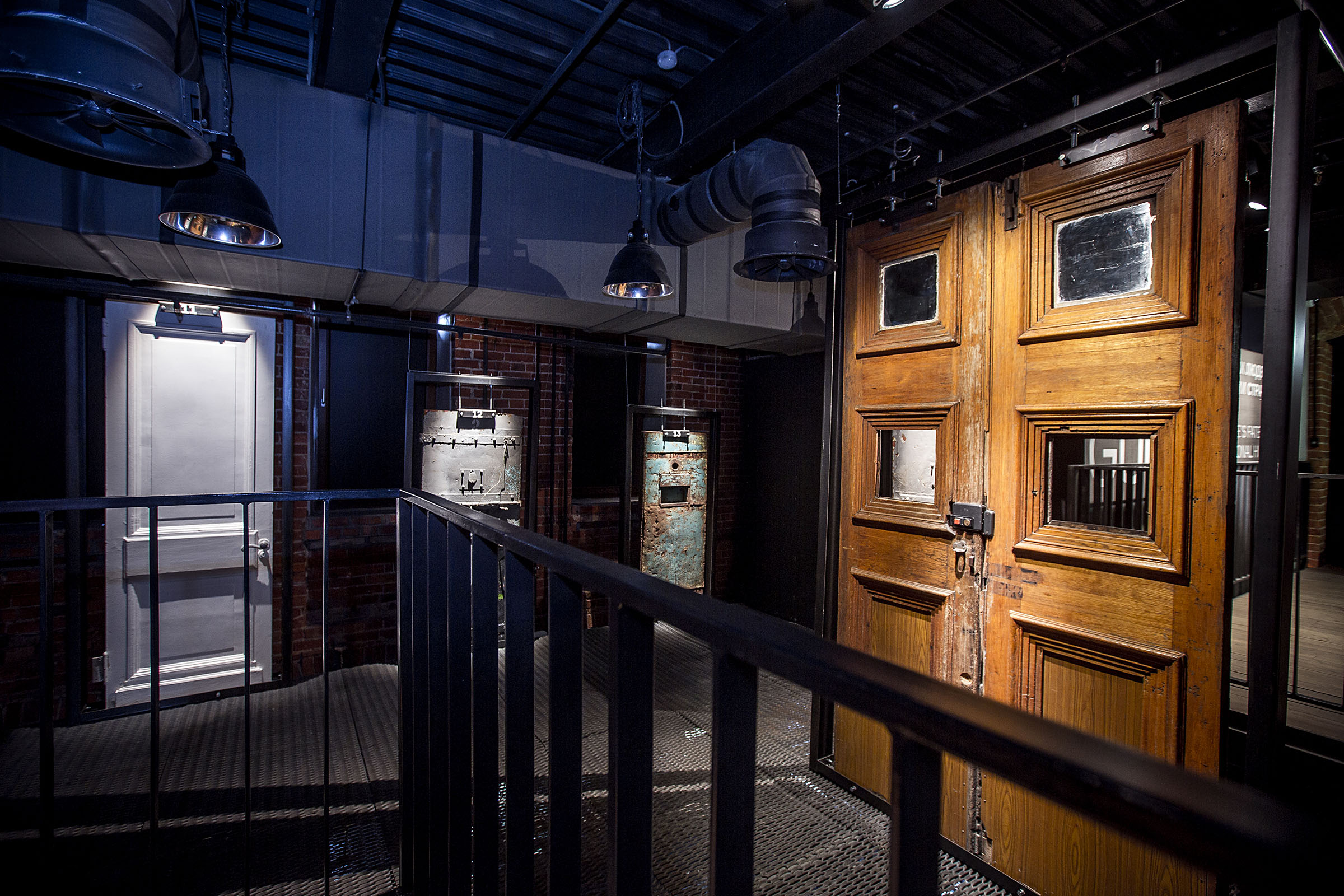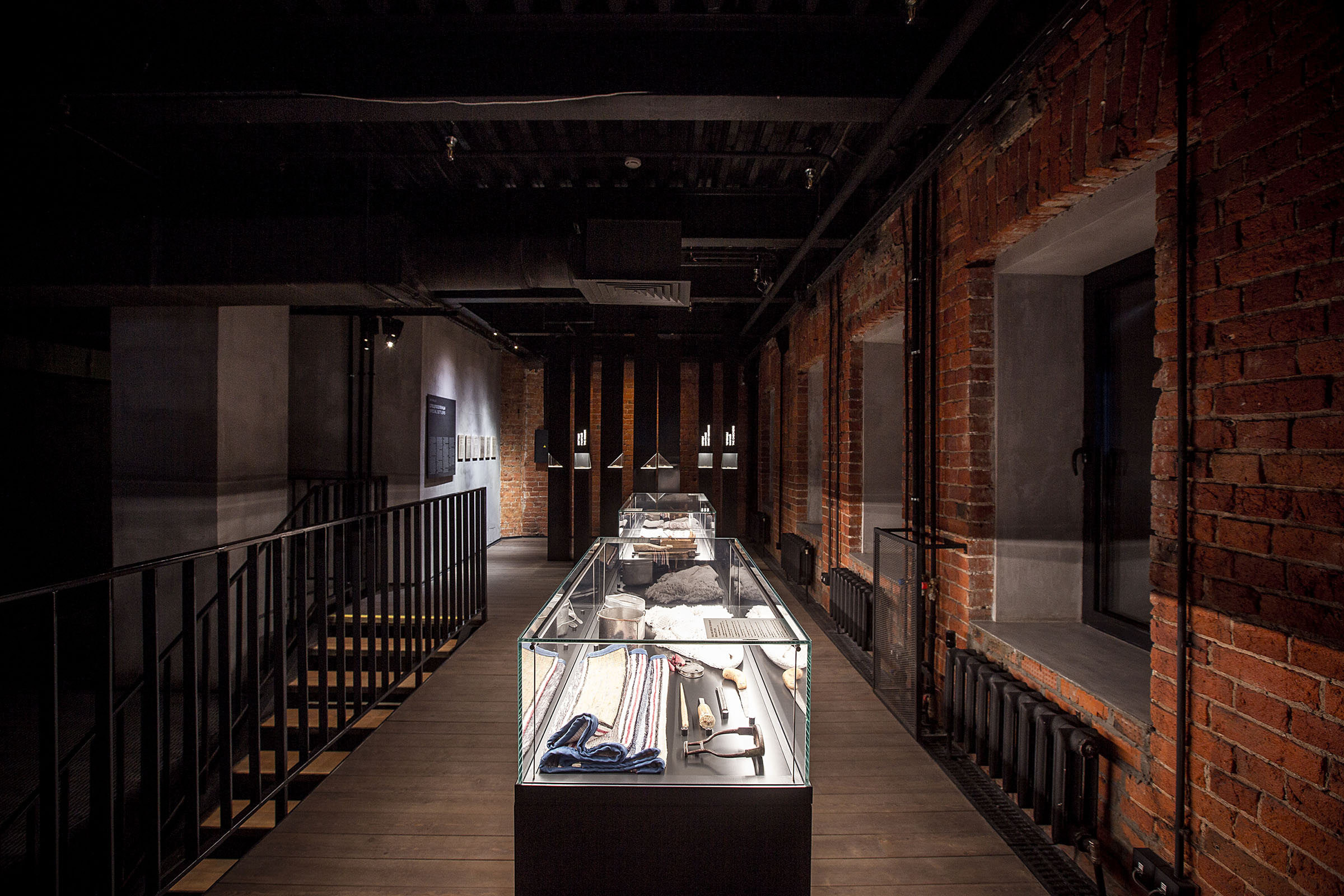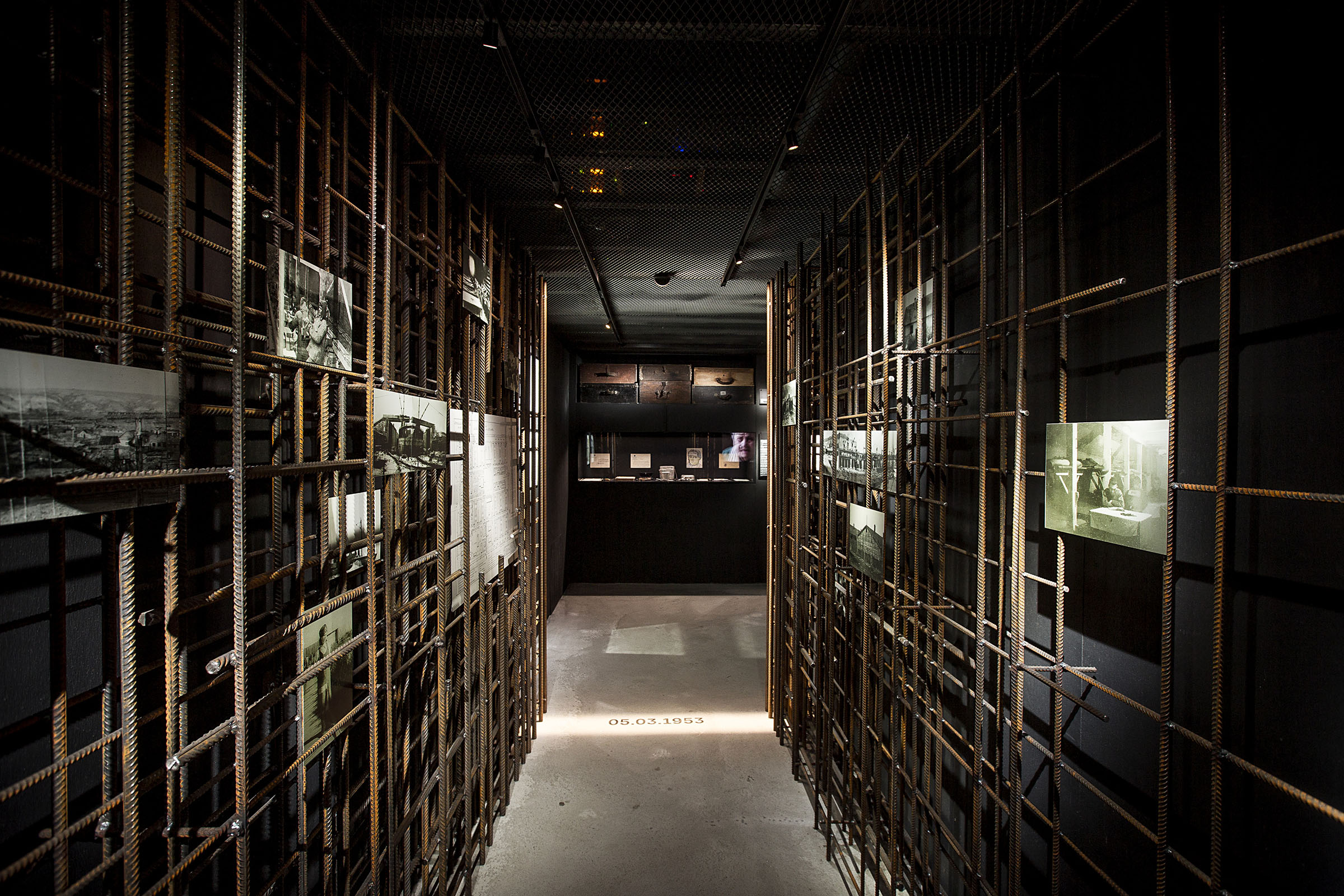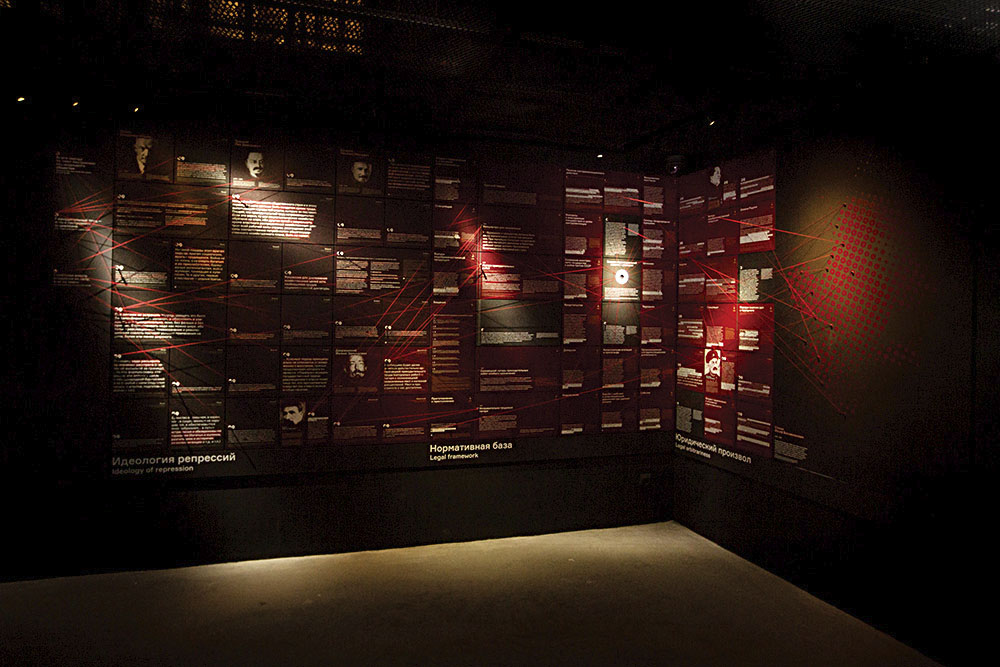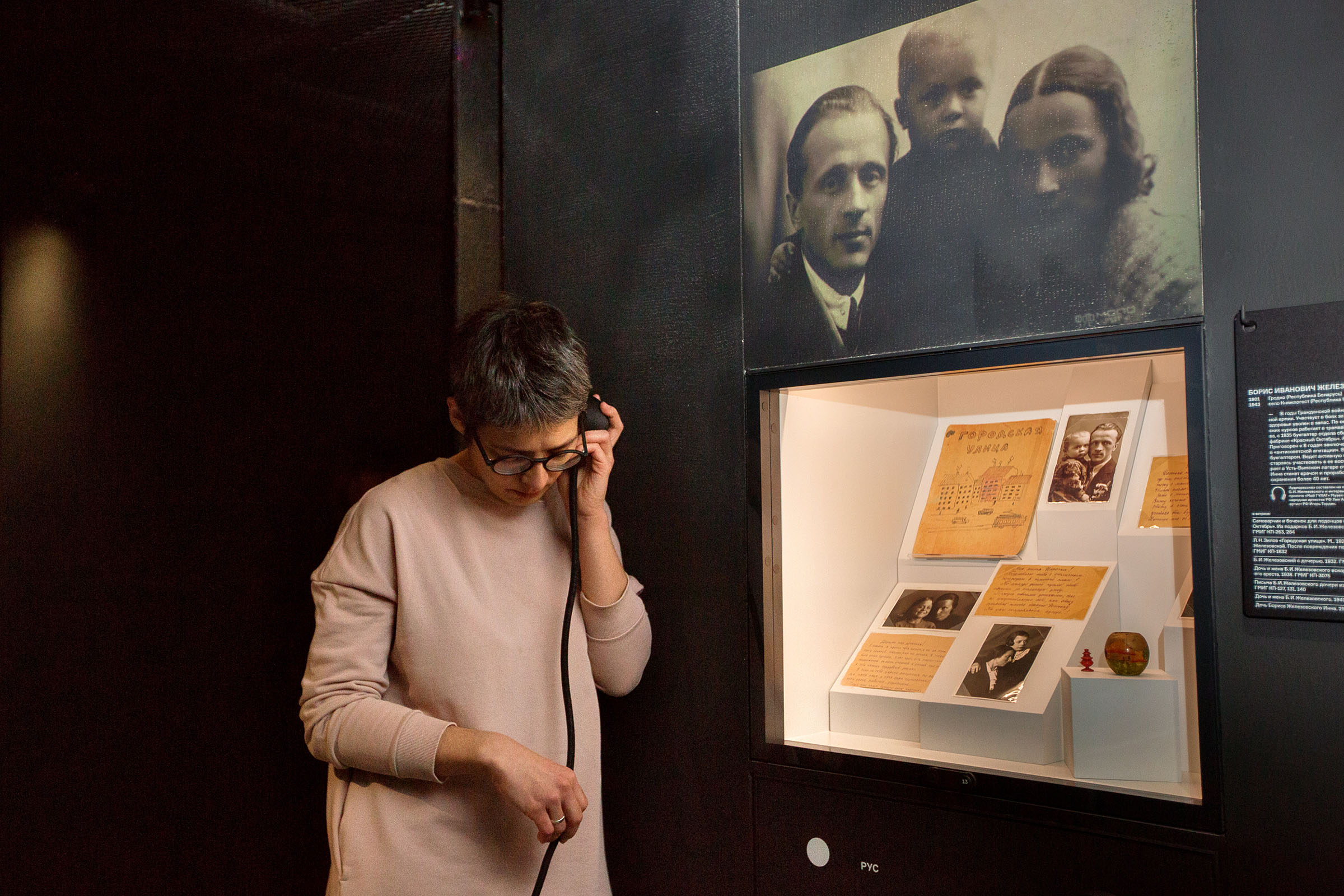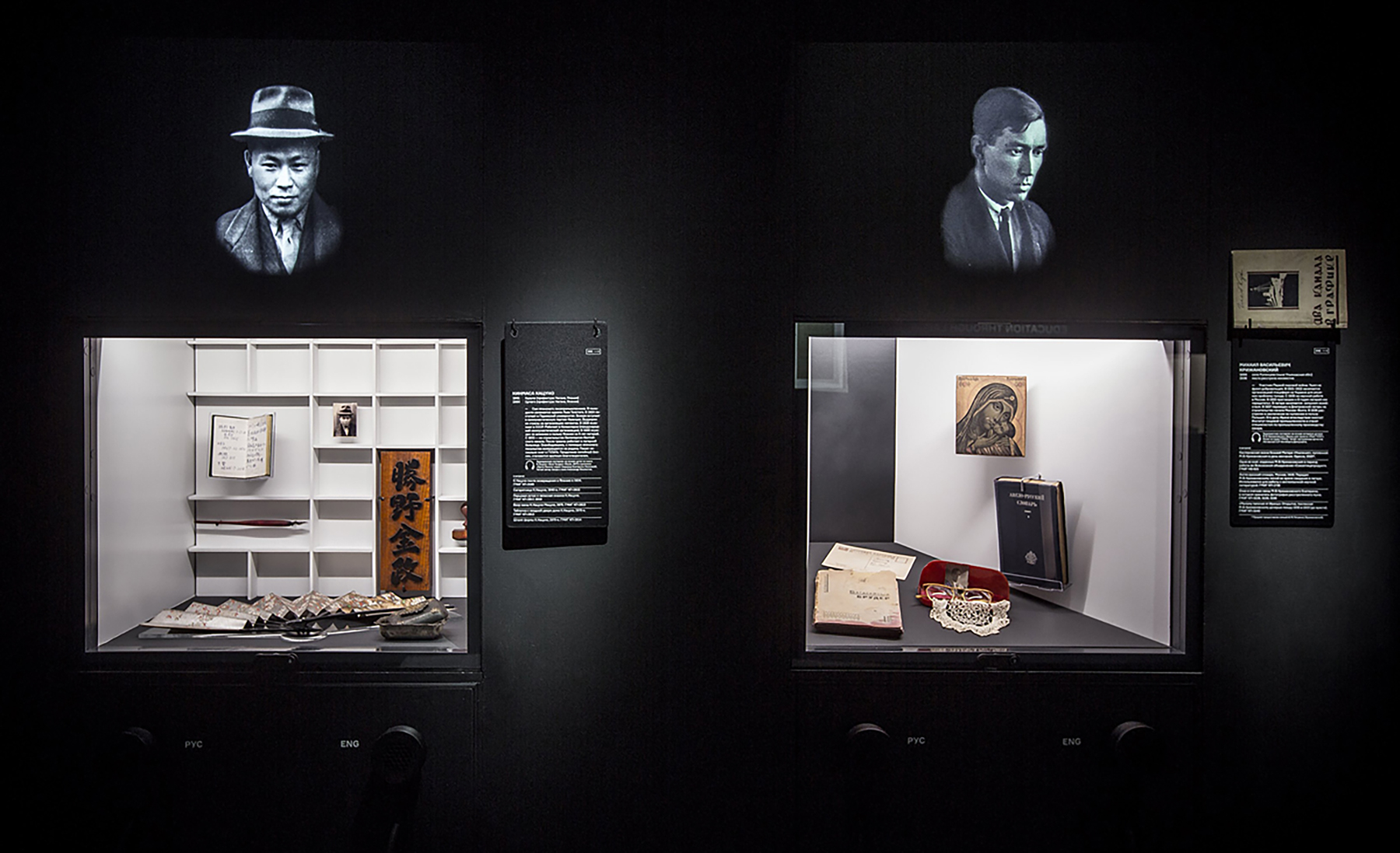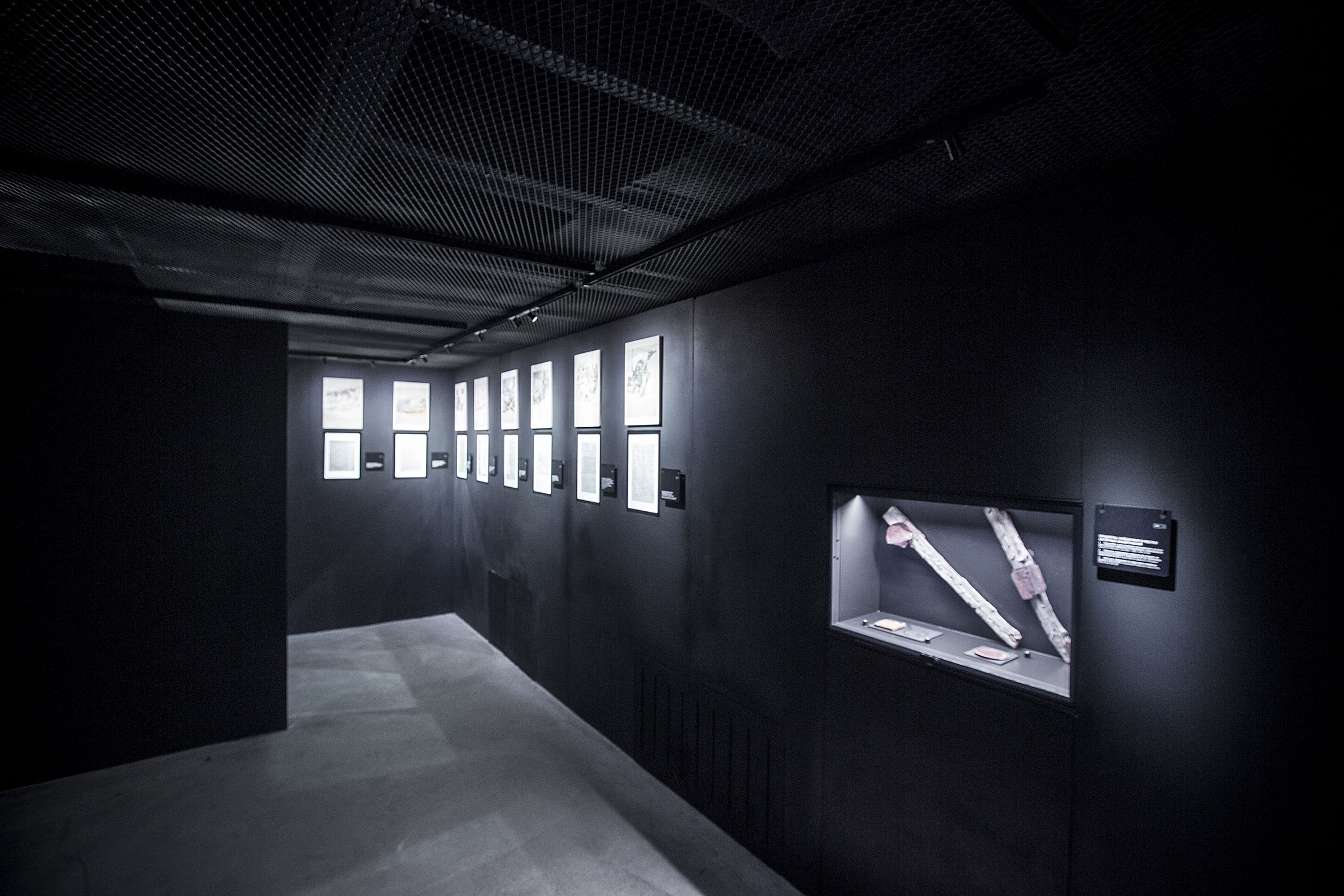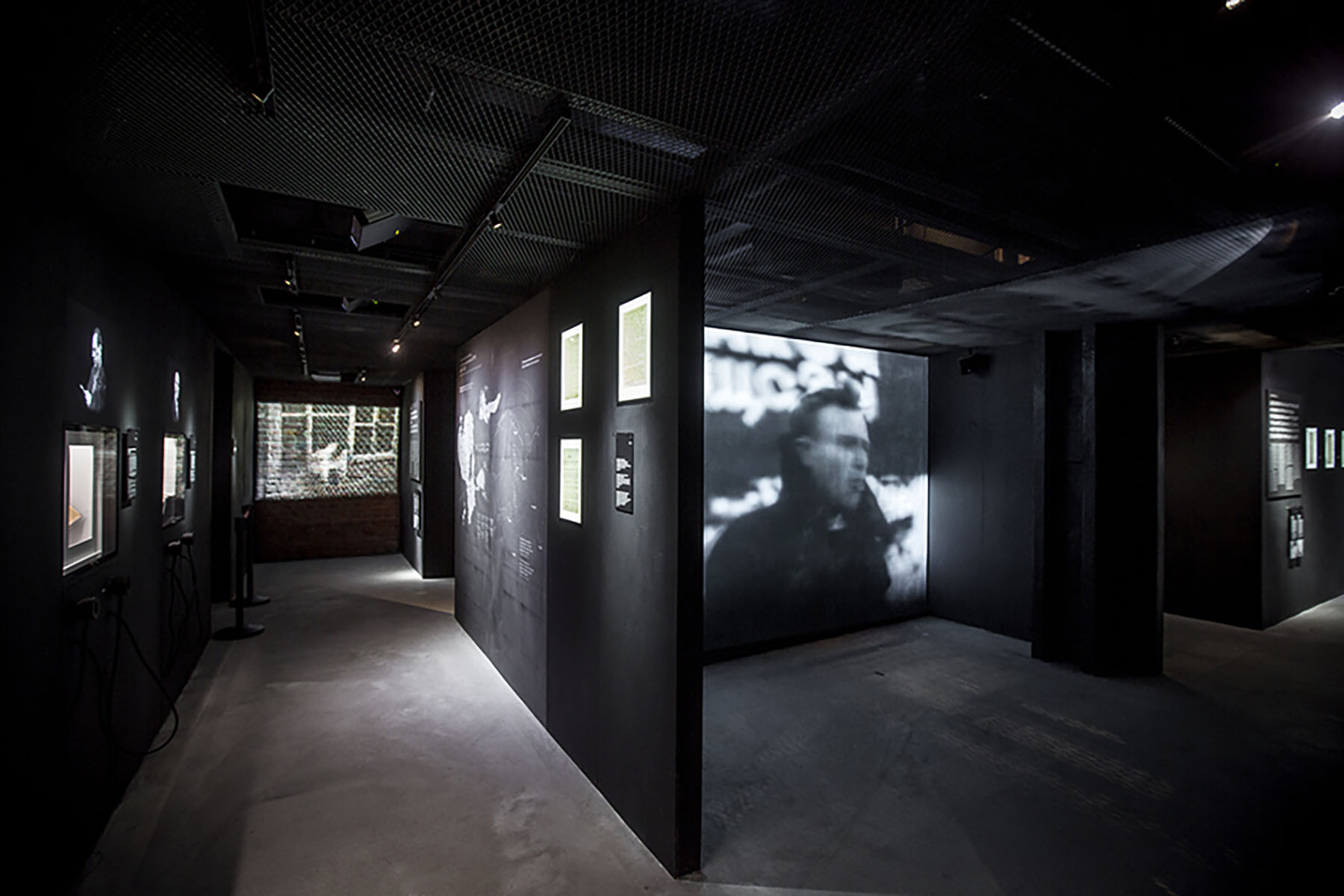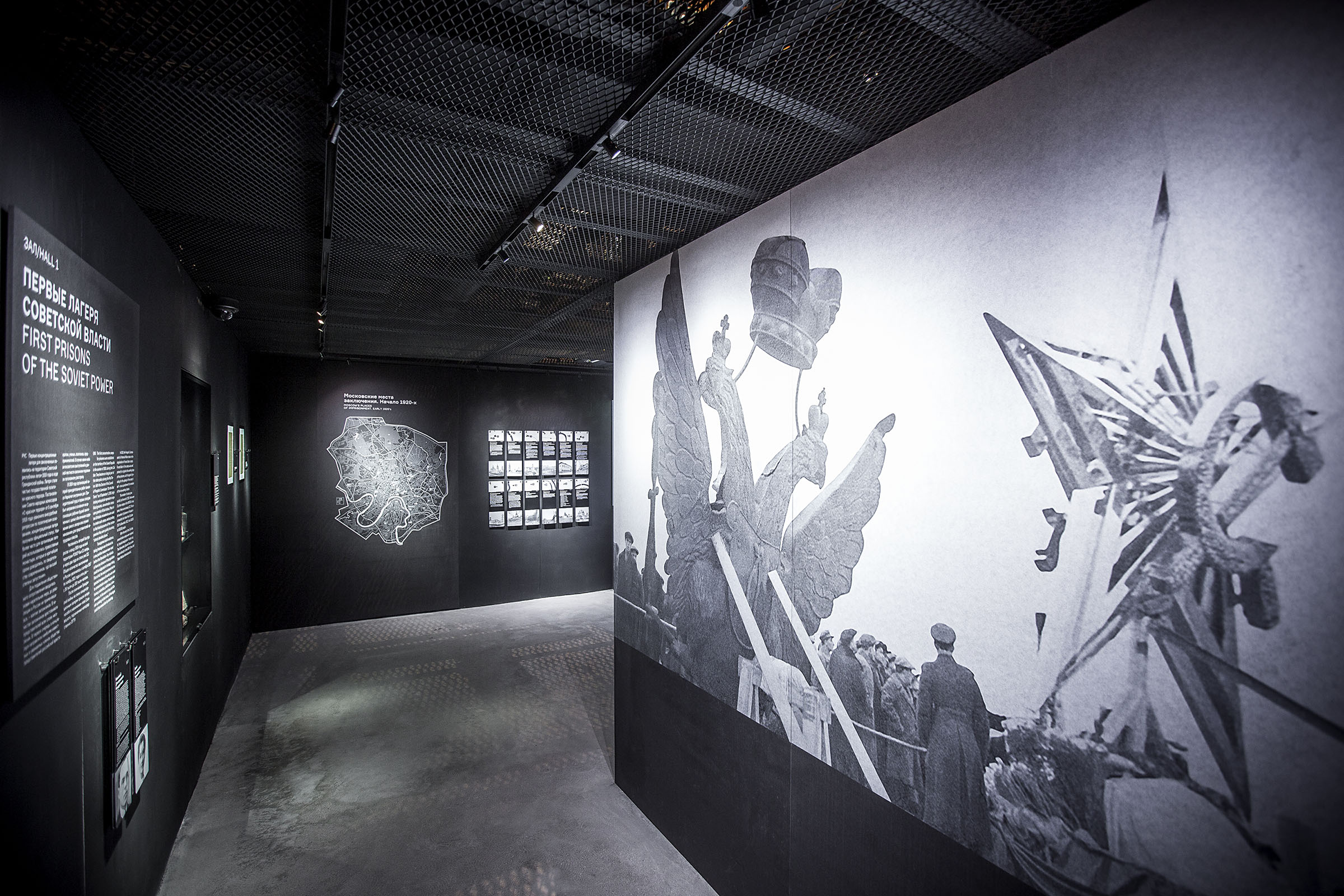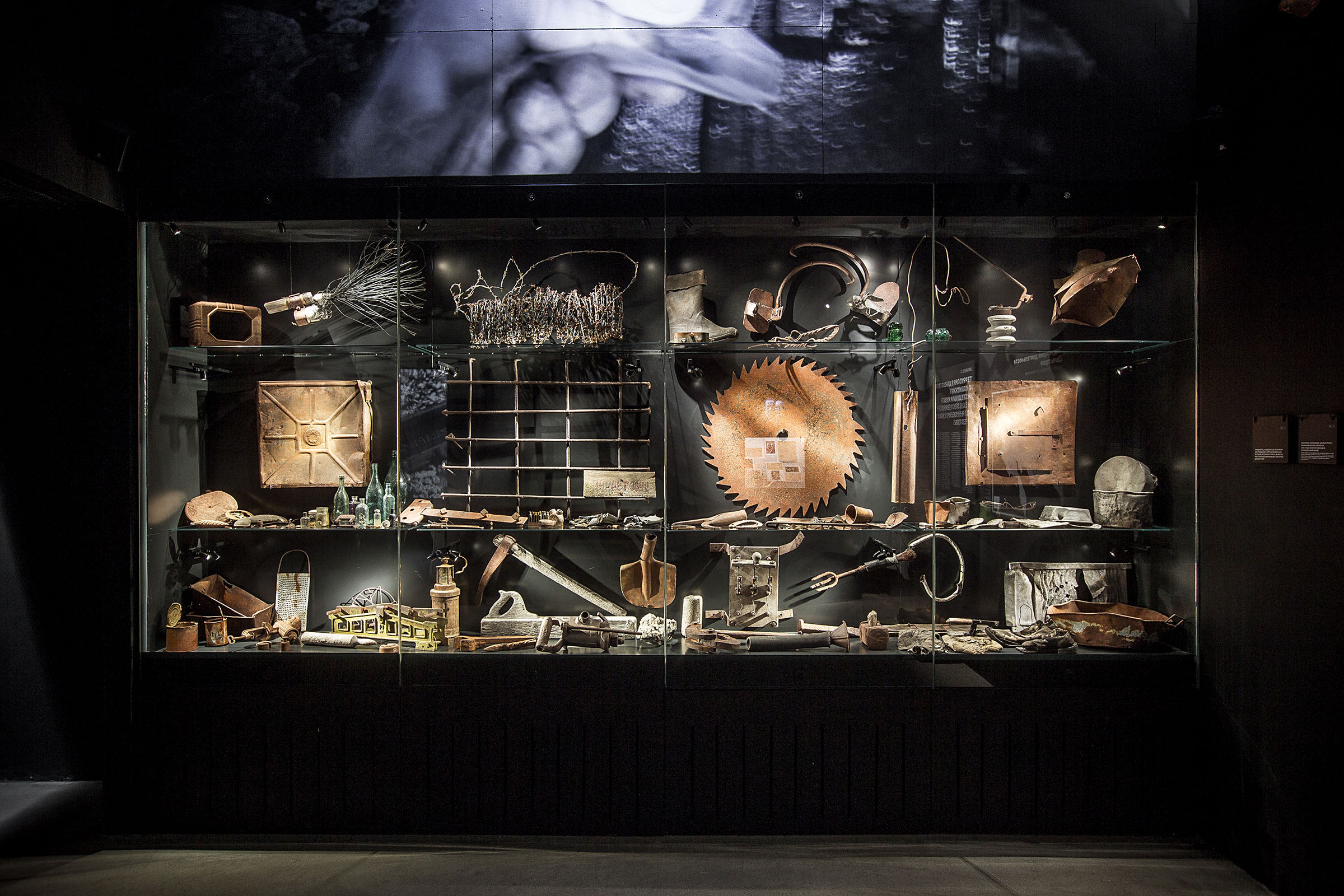The concept of the permanent exhibition is based on an analysis of the museum's collection and includes several typological elements. The entrance hall of the exposition is greeted with a permanent exhibition "GULAG Behind Every Door". This is the place from where the visitor "falls" one floor below – the level of the history of the Gulag, the traces of which can now be built in Russia almost everywhere. The visitor is drawn into a labyrinth of timelessness – as if he is in the esophagus of Ouroboros – in the chronology of the development of the camp system. Here, in the space of unconsciousness, crystals of "little stories" are stuck – showcases of complexes from the museum's collection. The visitor listens to these stories by activating the multimedia interaction mechanism.
Separate spaces in the museum are dedicated to the Great Terror, children in the Gulag, punished nations and the project of the video interview "My Gulag", as well as the museum's expeditions to places of detention.
The final of the exposition is a temple space for collective reflection, where the names of those who have gone through the Gulag or stayed there forever are read continuously. A person begins the path to reality, for the first time on his way he encounters an open window on the street.
